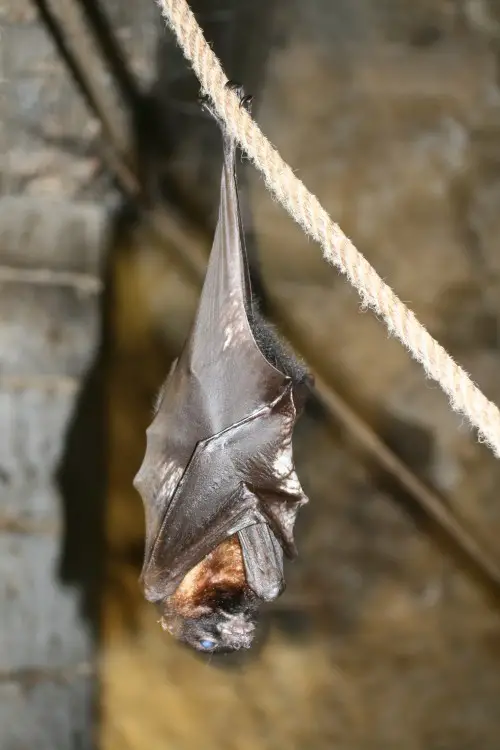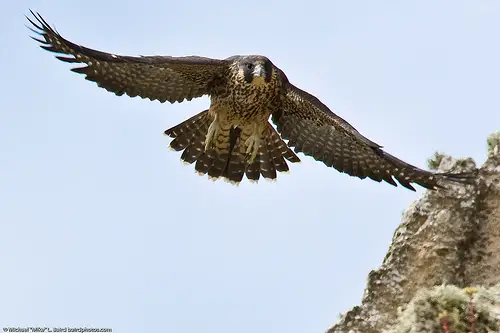Going Batty is a Good Thing
It may be a bad thing to ‘go batty’. But real bats actually make lifelong friendships similar to how humans can have lifelong friendships.
According to Scientists, these nocturnal creatures that are the only mammals with the ability to fly, keep family and friends close to heart. This conclusion came from a 5-year long study of over 20,000 roosting observations in Germany.
Their social structure is very strong, and resembles those of dolphins, elephants, some non-human primates such as chimpanzees, and some carnivores. All of these can maintain enduring friendships.
A team of researchers led by Professor Gerald Kerth of Greifswald University said in their study which was published in the journal, the Proceedings of the Royal Society B, provides new insights into the complex societies of animals.
Their study revealed that a multi-level social structure found in wild bats resembles those of dolphins, elephants, and some primates such as humans who keep social relationships. This is despite any regular splitting and merging in a number of variable groups. All of the wild bats had small microchips inserted in them to record daily roosting behaviour with automatic data loggers.
This surprising research confirmed that bats have stable social sub-units in which both unrelated and related females formed social bonds for the long-term.
Researchers said, ‘The observed multi-level bat society resembled that of elephants and some primates, raising questions about the link between social complexity and cognitive abilities.’ This ability to maintain social links despite merging and splitting of groups is a phenomenon called ‘fission-fusion’.
Information on the dynamics of social links and interactions amongst individuals is very important in order to understand the evolution of animal societies, including those of humans. However, long-term data on such animal society dynamics for wild mammals are rare.
This study of 2 bat colonies found that individuals which had different size, age, and reproductive status, and were not all relatives, maintained long-term social relationships. In the larger colony, Scientists were able to detect 2 stable sub-units which comprised of bats from several lineages.
Links between these stable sub-units were maintained mostly by the older bats, and that these links persisted over the years. “Moreover, we show that the full details of the social structure become apparent only when large datasets are used.” As a result, these results may shed a new light on the link between social cognition and social complexity in mammals.



